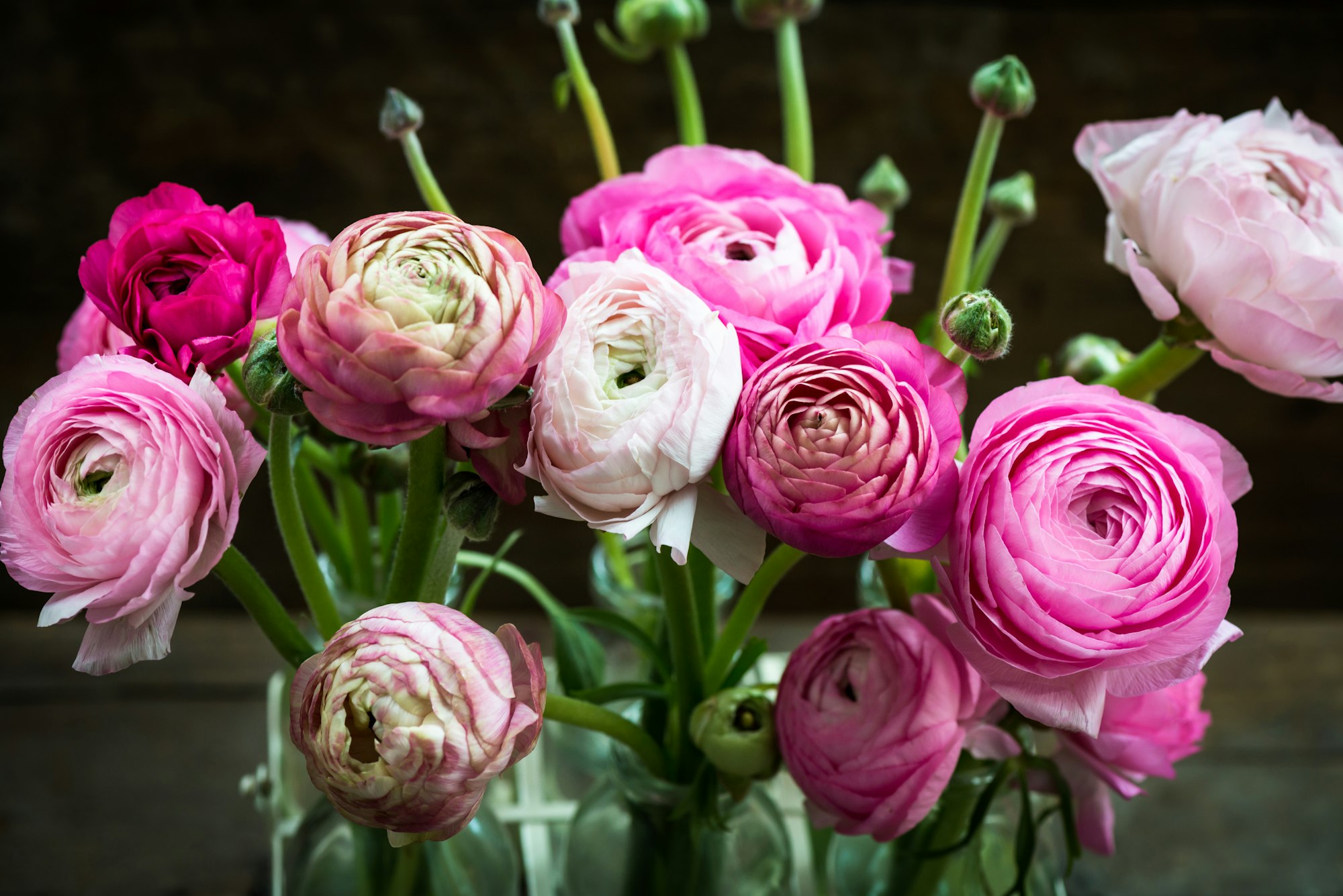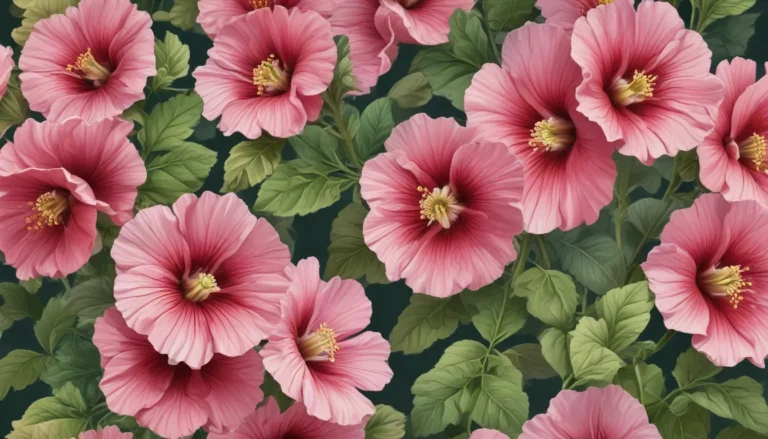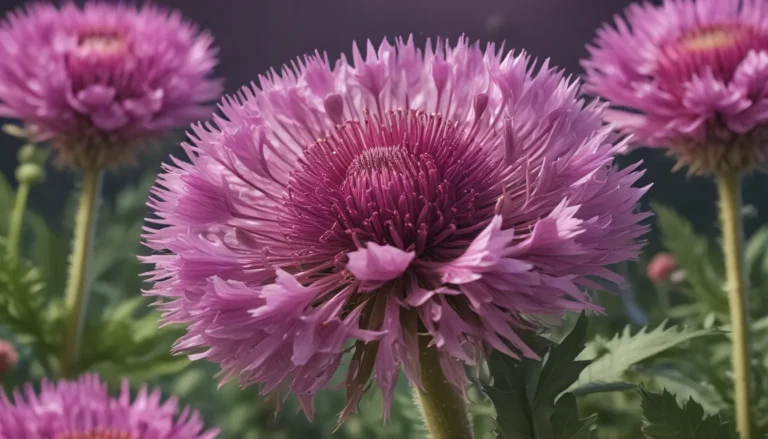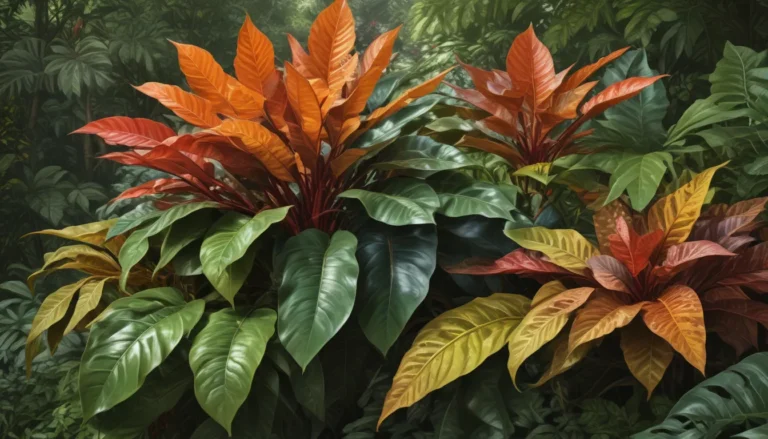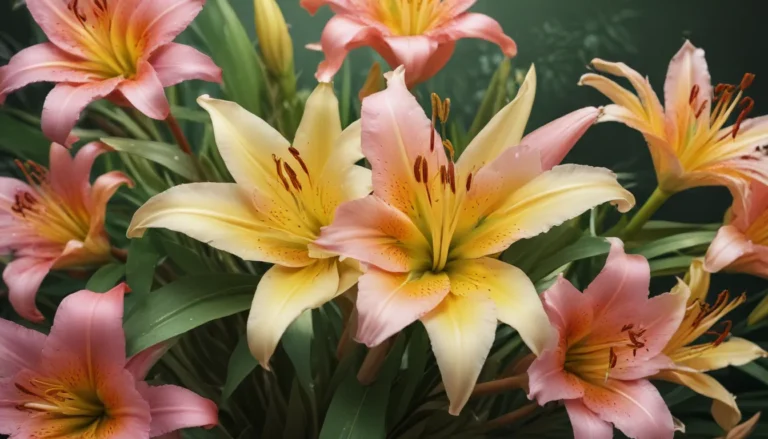The pictures we use in our articles might not show exactly what the words say. We choose these pictures to make you interested in reading more. The pictures work together with the words but don’t take their place. The words still tell you the important facts.
Welcome to the vibrant world of Ranunculus flowers! These stunning blooms, also known as buttercups, have captivated gardeners, floral designers, and nature enthusiasts worldwide with their radiant charm and elegance. In this article, we'll explore 15 fascinating facts about Ranunculus flowers that showcase their beauty, versatility, and significance in the floral world.
1. A Name with Amphibious Roots
The name "Ranunculus" has an intriguing origin. Derived from Latin, it means "little frog." This unusual name reflects the plants' preference for moist habitats, similar to their amphibian namesakes. It's a charming reminder of the flower's connection to nature and its adaptability to various environments.
2. A Rainbow of Colors
Ranunculus flowers are a feast for the eyes, boasting an impressive range of vibrant colors. You can find these beauties in shades of:
- Red
- Yellow
- Pink
- Orange
- White
- Bi-color varieties
This diverse color palette makes Ranunculus a versatile choice for gardeners and floral designers alike, allowing for endless creative possibilities in gardens and arrangements.
3. Symbols of Radiant Charm
In the language of flowers, Ranunculus holds a special place. These blossoms are considered symbols of radiant charm, attractiveness, and true love. Their association with beauty and allure makes them a perfect gift for expressing admiration and appreciation for someone special in your life.
4. A Large and Diverse Family
The Ranunculus genus is impressively vast, comprising about 1700 to more than 1800 species of flowering plants. This extensive family belongs to the larger Ranunculaceae family, which includes other well-known flowers like clematis and anemones. The diversity within the genus contributes to its widespread popularity and adaptability to various climates and growing conditions.
5. Global Distribution
Ranunculus flowers are true globetrotters. These resilient plants can be found on every continent except Antarctica, thriving primarily in temperate and montane regions. Their ability to adapt to different environments has contributed to their widespread popularity in gardens worldwide.
6. Long-Lasting Blooms
One of the most appealing attributes of Ranunculus flowers is their longevity as cut flowers. With proper care, these stunning blooms can last up to a week or more in floral arrangements. This durability makes them a favorite choice for bouquets, centerpieces, and other floral designs, ensuring that their beauty can be enjoyed for an extended period.
7. Spring’s Cheerful Heralds
Ranunculus flowers typically bloom in early spring, bringing a welcome burst of color to gardens and landscapes after the long winter months. Their timely appearance makes them a cherished sight for many gardeners and nature lovers, signaling the arrival of warmer days and new growth.
8. Versatile Garden Performers
Whether you're planting them in garden beds, containers, or using them as ground cover, Ranunculus plants are incredibly versatile. They can thrive in various garden environments, adding charm and elegance to any landscape. Their adaptability to different lighting conditions, including full sun and partial shade, makes them an excellent choice for diverse garden settings.
9. Pollinator-Friendly Flowers
Ranunculus flowers play a vital role in supporting local ecosystems by attracting pollinators such as bees and butterflies. By incorporating these flowers into your garden, you're not only adding beauty but also providing a valuable food source for beneficial insects, promoting biodiversity and sustainability in your outdoor space.
10. A Favorite in the Floral Industry
The striking appearance and versatility of Ranunculus flowers have made them a staple in the floral industry. Their popularity continues to rise as floral designers and enthusiasts appreciate their beauty and adaptability in creating stunning arrangements for various special occasions and events.
11. Wedding Bouquet Darlings
Ranunculus blooms are a top choice for wedding bouquets due to their beauty and symbolism. Their radiant charm and elegance make them a perfect addition to bridal arrangements, enhancing the overall aesthetic and creating a memorable floral showcase for the special day.
12. Unique Leaf Adaptations
Some species of Ranunculus, particularly those that grow in water (known as water crowfoots), have developed fascinating leaf adaptations. These plants can produce two different types of leaves:
- Thread-like leaves underwater
- Broader floating leaves on the water's surface
This remarkable adaptation allows them to thrive in aquatic environments, showcasing the genus's incredible versatility.
13. Ancient Origins
The Ranunculus genus has a long and fascinating history. Fossil evidence suggests that these flowers likely originated in northern Eurasia during the late Eocene or Oligocene periods, approximately 33.9 to 23 million years ago. Since then, they have rapidly radiated and dispersed worldwide, adapting to various habitats and climates.
14. A Touch of Caution
While Ranunculus flowers are undeniably beautiful, it's important to note that they contain toxins that can be harmful to pets, such as cats and dogs. To ensure the safety of your furry friends, it's best to keep these plants out of their reach and away from areas where they may be tempted to chew on the foliage.
15. Reflective Petals
Ranunculus flowers have a unique feature that contributes to their striking appearance. The petals, especially in yellow species, are often highly lustrous due to a special coloration mechanism. The petal's upper surface is very smooth, causing a mirror-like reflection. This reflective quality not only aids in attracting pollinating insects but also helps in regulating the temperature of the flower's reproductive organs.
Frequently Asked Questions About Ranunculus Flowers
Q1: How long do Ranunculus flowers last?
A: With proper care, Ranunculus flowers can last 7 to 10 days as cut flowers, making them an excellent choice for bouquets and arrangements.
Q2: Can Ranunculus be grown indoors?
A: Yes, Ranunculus can be grown indoors in well-lit areas with indirect sunlight and well-drained soil, allowing you to enjoy these stunning flowers in your home.
Q3: Do Ranunculus flowers have any fragrance?
A: While most varieties of Ranunculus are not highly fragrant, some hybrids may have a light, sweet scent that adds to their overall charm.
Q4: Can Ranunculus tolerate cold weather?
A: Ranunculus is relatively cold-hardy and can withstand temperatures as low as 20°F (-6°C). However, it's best to provide some protection during extreme cold spells to ensure their well-being.
Q5: How deep should I plant Ranunculus bulbs?
A: Plant Ranunculus bulbs approximately 2 inches deep in well-drained soil, spacing them 4 to 6 inches apart to promote healthy growth and airflow.
In conclusion, Ranunculus flowers are truly remarkable plants that capture the essence of charm, beauty, and radiant energy. From their rich history and symbolism to their wide range of colors and unique adaptations, Ranunculus continues to captivate and inspire gardeners, florists, and nature lovers alike. Whether you're looking to add a splash of color to your garden, create stunning floral arrangements, or simply appreciate the wonders of nature, Ranunculus flowers offer a world of beauty and fascination to explore.
